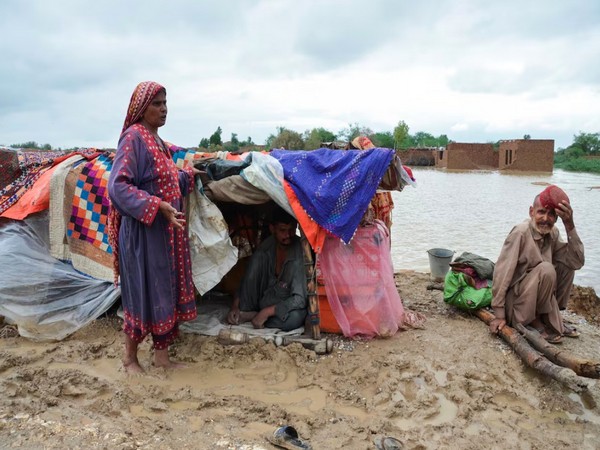Climate Crisis: Sindh's Battle with Extreme Weather
Sindh, Pakistan, faces the brunt of climate change, with extreme weather events exacerbating poverty, damaging agriculture, and threatening public health. The region's reliance on farming intensifies economic vulnerabilities, as floods and heatwaves wreak havoc, highlighting an urgent need for robust governance and international support.

- Country:
- Pakistan
Climate change has emerged as an immediate threat, wreaking havoc on communities across Pakistan, particularly in Sindh. Extreme weather events, food insecurity, and health crises are intensifying at an alarming rate, according to a report by Dawn on Tuesday. Pakistan's geographic and economic factors make it one of the most climate-vulnerable nations globally.
In 2022, Sindh faced unprecedented rainfall, exceeding the 30-year average by over 400 percent. Floods demolished nearly 1.9 million homes and claimed 799 lives, including those of 338 children. The rural economy suffered dramatically, with over 4.4 million acres of farmland damaged and 800,000 livestock lost, heavily impacting agriculture, which accounts for the majority of regional employment and a significant portion of the GDP.
The World Bank's report, 'South Asia's Hotspot,' highlights Sindh's vulnerabilities, emphasizing the challenges ahead if temperatures rise by 2.4 degrees Celsius by 2050. This could lead to shorter winters, crop failures, and heightened health risks. Dawn underlined the imperative need for strong local governance, regional cooperation, and international support to mitigate these climate threats effectively.
(With inputs from agencies.)
ALSO READ
Balasore Floods: Relief and Rescue Efforts in Full Swing
Heatwaves Sweep Across the World: A New Normal?
New Plant Breeders' Rights Act Comes Into Effect to Boost Innovation in Agriculture
US News: Heatwaves, Automotive Recalls, and Political Tensions
Union Agriculture Minister Launches Targeted Crop Consultations










